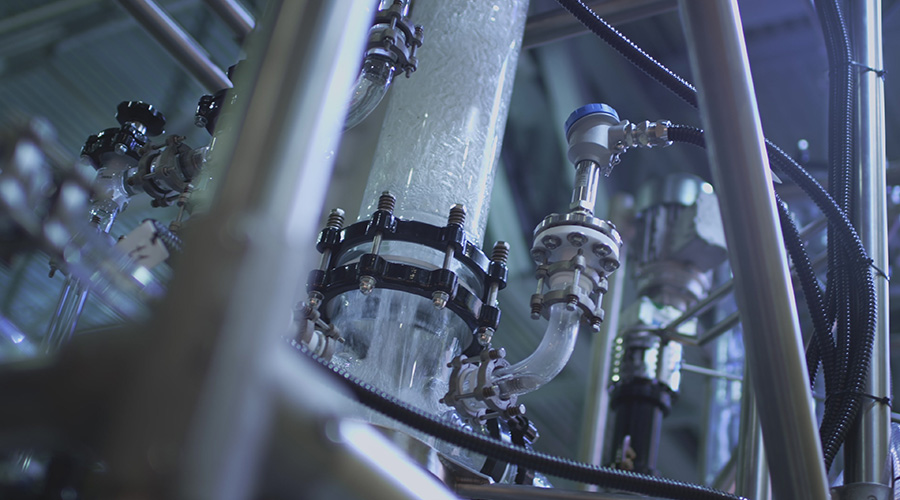Plumbing Retrofits: Myths, Misconceptions, and Answers
Plumbing fixture and fitting manufacturers have always engaged in the development of plumbing codes and engineering standards to anticipate the needs of maintenance and engineering managers in institutional and commercial facilities. The challenges managers face today have made that task more complex, requiring better ways to provide up-to-date information for correct applications and aftermarket care.
But the success of a plumbing retrofit or upgrade depends on more than compliance standards. The importance of proper installation and maintenance of plumbing products is critical for meeting customer expectations related to water conservation, energy efficiency, safety, sanitation and durability.
Unfortunately, many managers make specification, installation and maintenance decisions based on a series of myths and misconceptions. With more complete and accurate information in these areas, managers can make smarter decision on efficient, cost-effective plumbing products and systems.
Setting The Record Straight
The myths surrounding plumbing products have evolved and multiplied over the years. Among them are these:
Myth: Automatic urinal flushometers use more water than conventional manual flushometers. This myth is obvious, since users in a given application who do not flush manually after use and, thus, do not use water will see an automatic flush in applications where automatic flushometers are operating. This application eliminates the otherwise unflushed instances, and fixture sanitation improves at the expense of more water use.
Myth: Automatic flushometers often have false triggers. Plumbing manufacturers have proprietary technologies designed to minimize false triggering caused by environmental conditions, which can include frequent interruptions of electricity or water. They use different sensing technologies, such as radio frequency, active infrared, and passive infrared, to overcome these environmental conditions. Newer designs among these technology platforms include enhancements, such as automatic adjustment — depending upon the restroom conditions of light and electromagnetic interferences — and in the case of optical sensors, focused lensing.
In some institutional plumbing controls, the actual electronics are intended to not activate in order to avoid purposeful vandalism. The electronic signal otherwise used to activate flushometers and faucets normally in a set period of time is interrupted because the electronic logic figures that multiple activations within a short period of time might be related to malicious, wasteful behavior.
Myth: Environmental effects can trigger automatic faucets. Automatic faucets can turn on by themselves, wasting water, because of environmental interference and a particular product's inability to cancel out those interferences. Newer, more advanced automatic faucets use technology that anticipates and cancels out environmental effects that might cause false triggers.
Some automatic faucets might waste water simply because they have a technology that meters them through a complete timed cycle, rather than on-demand, sensor hand-washing faucets. If the wrong technology is branded automatic, the electronic faucet might, in fact, waste water.
Managers should be aware that the more common type of automatic faucet specified for public use are on-demand models, which are designed for actual use when are user's hands are underneath the aerator. In this application, the faucet turns on upon activation and detection of hands, and it stops once the user removes his or her hands from the coverage area. There is no additional dispensing of water after the user has walked away, eliminating water waste and worries about a manual faucet for being left fully open, intentionally or not.
Myth: The application's location is not critical. Apart from their many attributes, electronic faucets come in a variety of designs specific to certain applications. While some locations call for hands-free models with standard flow rates for health care facilities, others might require lower flows as a result of green codes and specifications. Delivery of a metered amount of water measured in gallons per cycle, rather than gallons per minute, is yet another distinction. Electronically activated faucets also might be designed to address water dispensing to actual use or intended use.
While these factors might appear to make it more difficult for managers to specify the most appropriate faucet for the application, it is not difficult task to accomplish. Ultimately, the biggest driver in the decision-making process is location, location, location. Electronic faucets are mostly used in public washrooms. They are an important part of water conservation, as are other water-conserving fixtures and plumbing design layouts. With the rise of environmental awareness, an electronic faucet can be a successful option for saving water and energy.
Related Topics:













